Water is not only a medium for various cleaning procedures and washing. Sometimes it causes us a lot of trouble if it appears on the wall, clothes or furniture. The article tells you how to get rid of old and new water stains and water stains.
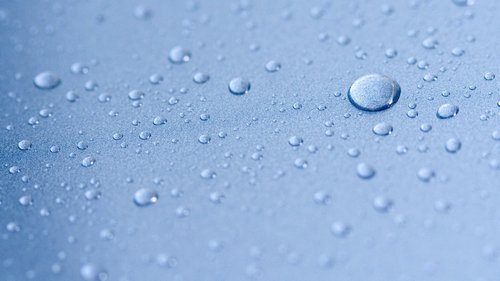
Water is a transparent liquid, colorless and odorless. It has three states of aggregation: liquid, gaseous, solid. In everyday life, it is most often used in a liquid state for preparing food, drinks, washing, bathing and washing.
In some cases, water gets out of control and causes disasters, floods and floods. In this case, the water loses its transparency because it brings with it silt, dirt, and other substances and objects that it encounters along its path.
After getting rid of excess water, traces of its presence remain on all objects and surfaces. As a rule, these are whitish stains that turn yellow and black over time. Getting into porous materials, water lingers for a long time in the thickness and causes their destruction, because it dissolves all hydrophilic particles, and also becomes a nutrient broth for the development of fungi, mold and other destructive microorganisms and bacteria.
However, this is all theory; let’s look at how things are in practice, and what should be done if the water has already done its job, leaving dirty spots on different surfaces.
Stains on the wall
Yellowish-gray stains on the walls and ceiling can destroy any interior, no matter how much it costs, so at the first sign of a flood, immediately begin to eliminate it.
First, eliminate the source of uncontrolled water flow. Then take a number of measures to prevent this from happening again, in other words, have a preventative conversation with your neighbors (if the reason lies in their carelessness) or repair the roof (if you live in a private house and did not take care of a good roof in a timely manner). Then you can start removing stains.
This process will take place in three stages:
- removing damaged layers of finish;
- restoration of plaster and primer;
- carrying out finishing work.
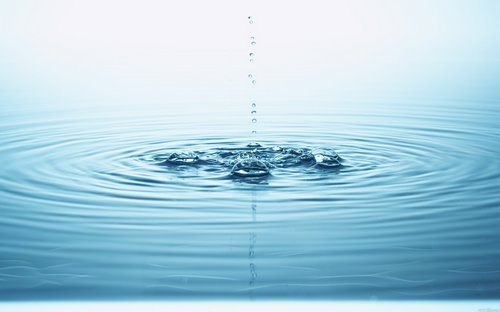
Repair with removal of damaged layers.
If the stain has already dried, then moisten it with a sponge and remove the wallpaper, whitewash or paint, as well as the layer of plaster up to the wall with a spatula.
You should not leave wet and dried plaster, because a yellow spot - evidence of wetness - will appear through any layers, again and again reminding you of the stress caused by flooding.
Then give the wall a coat of plaster, dry it and prime it. After these coatings have completely dried, finishing can be done - painting or wallpapering.
Whitening stains.
If you are doing this repair yourself, and the stain was not too bad, then you can get by with bleaching the stain. To do this, wash the paint or whitewash (or remove the wallpaper) on the damaged area, wash the plaster, and lightly dry this area. Dilute a bleach containing bleach (for example, “Whiteness” or “Duckling” with a rust removal function) in water and rinse the stain. Dry.If the yellow stain remains, repeat the surface treatment.
Then you need to apply a primer and do finishing work (paint, whitewash or wallpaper).
Stain on fabric
No less troublesome are water stains that appear on clothes.
Removing a stain from drape.
If a stain from rainwater appears on drape, you need to dry the clothes and clean the stain with a thick, hard brush. Then you need to shake the product well and steam it thoroughly through a soft linen cloth soaked in a weak vinegar solution (1 teaspoon per 1 liter of water).
After boiling the coat (or other clothes made of drape), hang it on a hanger, but do not put it in the wardrobe, let it cool and dry at room temperature, then it will not lose its shine and marketable appearance.
Removing stains from silk.
Water leaves unsightly grayish-white stains on silk fabrics. They are removed as follows: wipe with a soft linen cloth soaked in strongly salted water (1 teaspoon per 1 glass of water at room temperature). Let the stain dry, then remove the white coating along with traces of water stains with a soft dry linen cloth.
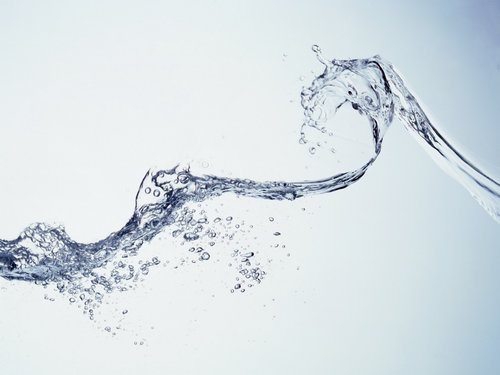
Water leaves nasty yellow stains on cotton and linen fabrics that are very difficult to remove. Remember: bleaches containing chlorine are not suitable for such materials, because it will thin their surface and give them a dirty yellow tint.
How to deal with wax stains on clothes: rules for removing greasy paraffin marks
For this reason, experienced housewives specially make a bleach for cotton and linen fabrics from improvised materials - salt and lemon.If the yellow stain remains, repeat the surface treatment.
How to get rid of stains on a tablecloth
Then you need to apply a primer and perform finishing work (paint, whitewash or wallpaper).
Stain on fabric
Water stains that appear on clothes cause no less trouble.
Removing stains from drape.
After boiling the coat (or other clothes made from drape), hang it on hangers, but do not put it in the wardrobe, let it cool and dry at room temperature, then it will not lose its shine and presentation.
Removing stains from silk.
On silk fabrics, water leaves unsightly grayish-white stains. They are removed as follows: wipe with a soft linen cloth soaked in strongly salted water (1 teaspoon per 1 glass of water at room temperature). Allow the stain to dry, then use a soft, dry linen cloth to remove the white coating along with traces of water stains.
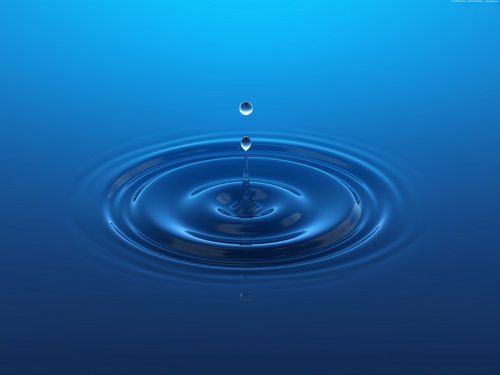
Removing stains from cotton and linen.
Water leaves nasty yellow marks on cotton and linen fabrics that are very difficult to remove. Remember: bleaches that contain chlorine are not suitable for such materials, because it will thin their surface and give them a dirty yellow tint.
For this reason, experienced housewives specially make bleach for cotton and linen fabrics from scrap materials - salt and lemon.
The technology for removing stains is as follows: first you need to moisten the contaminated area and squeeze it out thoroughly, then place it with the stain facing up on a layer of cotton wool or napkins. Then cover with a thick layer of coarse table salt. Pour freshly squeezed lemon juice over the salt. Use a toothbrush to rub the mixture into the fabric and let it sit on the stain for at least two hours.
After this, use a brush to thoroughly brush off the dried salt from the stain and wash the product.
Our grandmothers removed yellow stains from linen and bleached other fabrics this way: on the eve of Epiphany, they buried these fabrics in the snow. On January 19 (Epiphany Day) they rinsed it in an ice hole and dried it in the cold. They say that the blouses and undershirts of Russian peasants were always immaculately white.


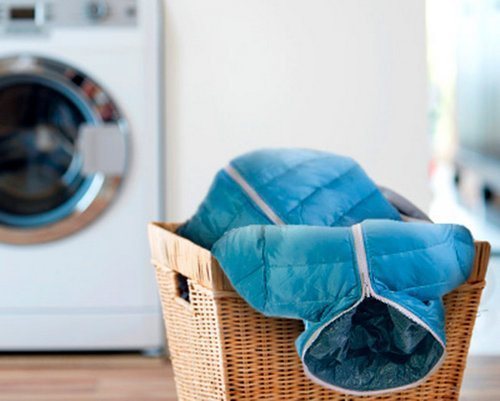
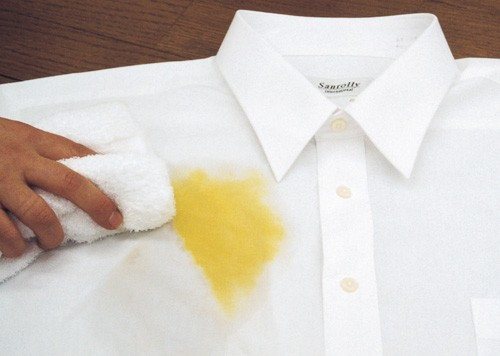
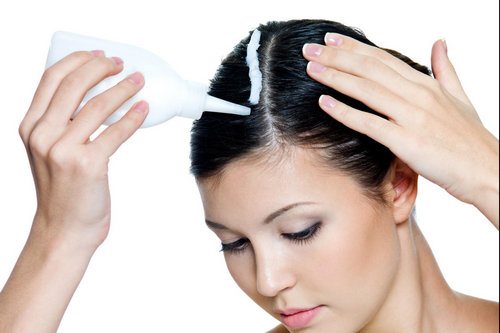
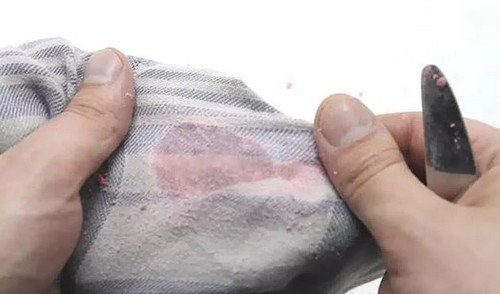
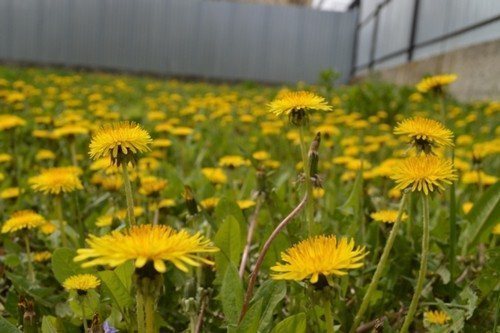
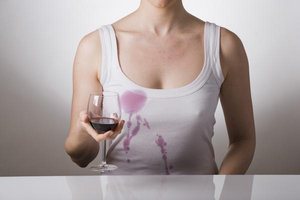
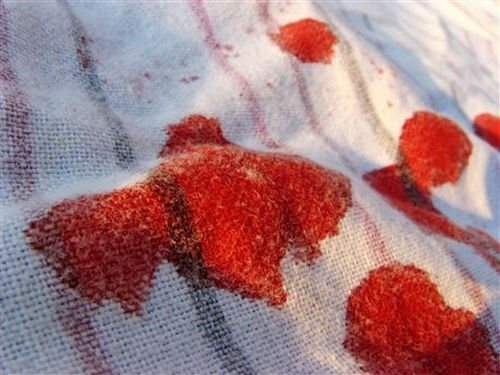
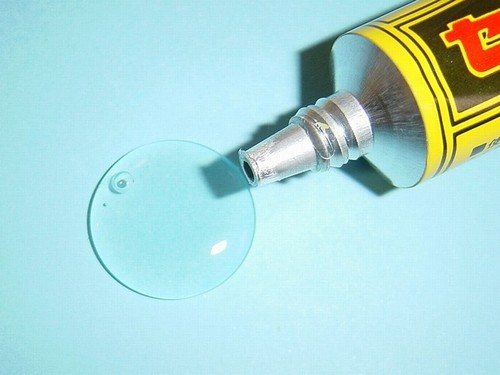
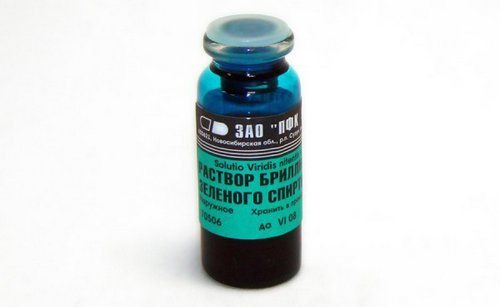

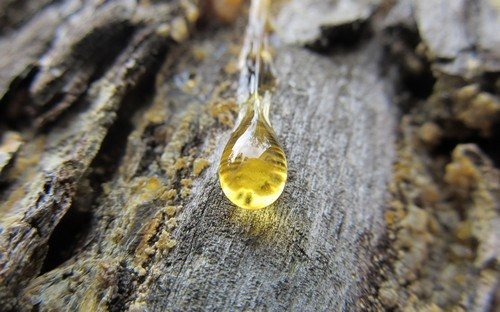
Shoes made of light-colored leather can be easily cleaned with a rag soaked in cold milk. After it dries, rub the surface with a dry rag, and the product will take on a completely different, new look. Vaseline will also help remove water stains left on leather shoes.Dry the gloves on your hands, then remove them, stretch them out, wrap them in a dry white terry towel, and place them under a stack of heavy books for a couple of days.